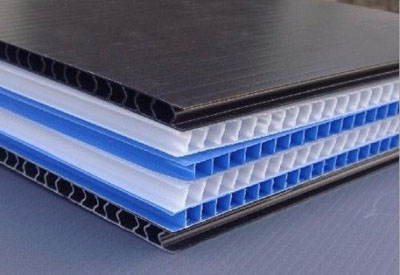The hollow plate is formed by injection molding and extrusion molding. What are the main differences between hollow plate extrusion and injection molding? The following technicians will come to introd...
The hollow plate is formed by injection molding and extrusion molding. What are the main differences between hollow plate extrusion and injection molding? The following technicians will come to introduce you.
Plastic hollow board extrusion molding:
Extrusion is also known as extrusion in plastic processing. It refers to a processing method in which the material passes through the action between the barrel and the screw of the extruder, is plasticized while being pushed forward by the screw, and continuously passes through the machine head to make various cross-section products or semi-products.
Injection molding:
After the plastic injection molding machine uses plastic to heat to a certain temperature, it can be melted into a liquid property, and the molten liquid is injected into the closed cavity by high pressure, and after cooling and setting, the mold body is ejected and the desired plastic product is obtained.
The main difference between plastic raw materials
1. Difference in liquidity
Injection molding requires high fluidity, especially for thin-walled products and large-scale products. Extrusion is a bit looser because the extrusion is open and there is no huge resistance to mold reversal.
2. Export expansion
Injection molding generally does not have strict requirements on the expansion of the outlet, and the expansion of the extruded outlet can cause great problems. Therefore, the viscoelastic control of injection molding and extrusion materials will also be different.
3, Melt strength
Injection molding is formed in the mold, and there are geometric constraints on the mold composition, which does not require high melt strength. Although there are also geometric limitations of the die, there is no complete cure after the exit die, and in this free state, sometimes it is not well formed (such as spinning) due to low melt strength.
After extrusion, it is often accompanied by subsequent processing in a free state, such as thermoforming, hollow blow molding, in which there are often different degrees of melt stretching, and if the melt strength is low, it is easy to break. Therefore, injection molding generally does not require high melt strength, and extrusion is generally required.






 0769-87514888
0769-87514888